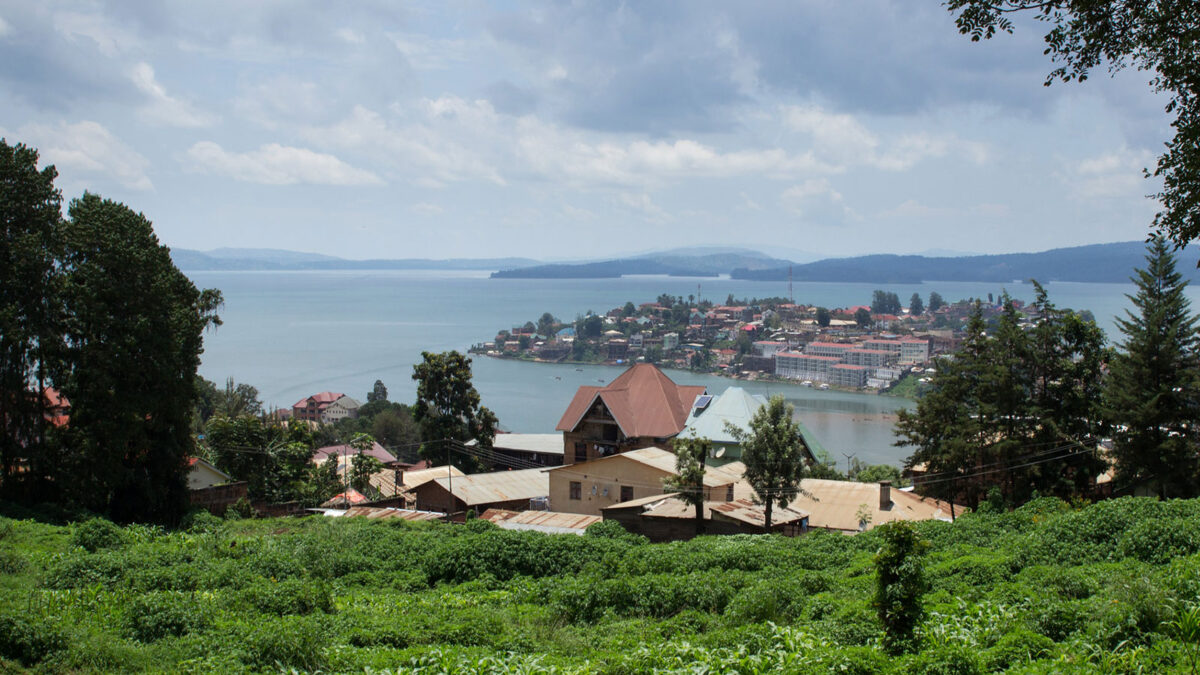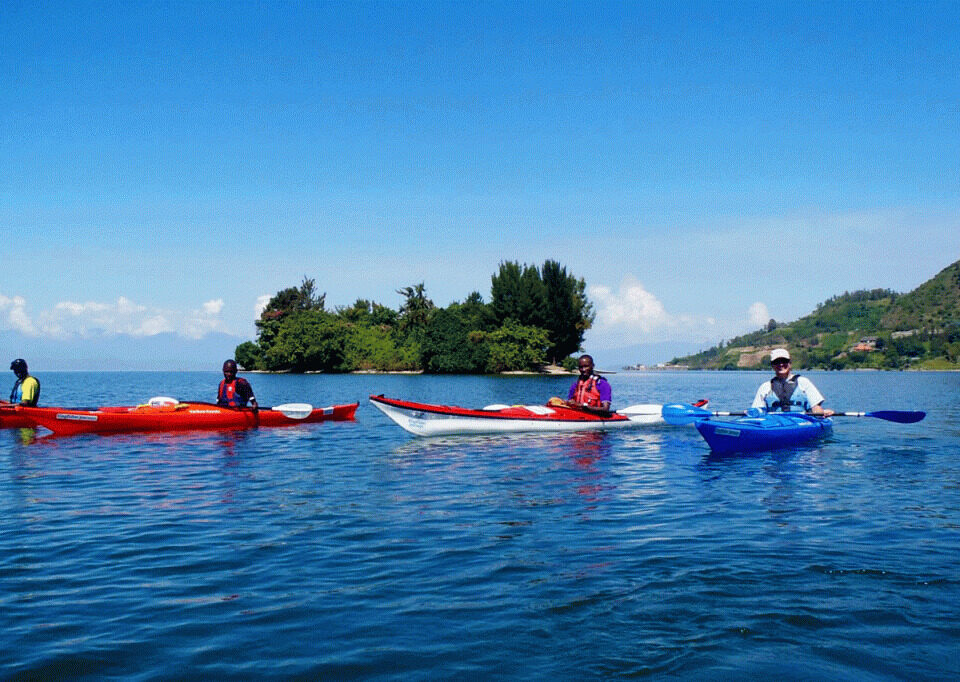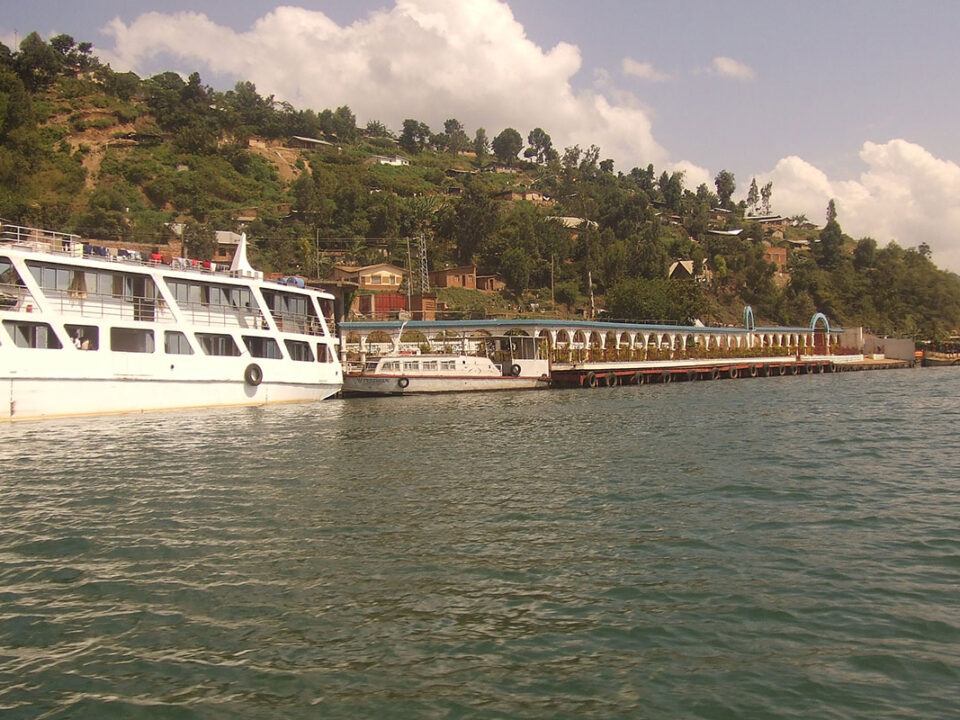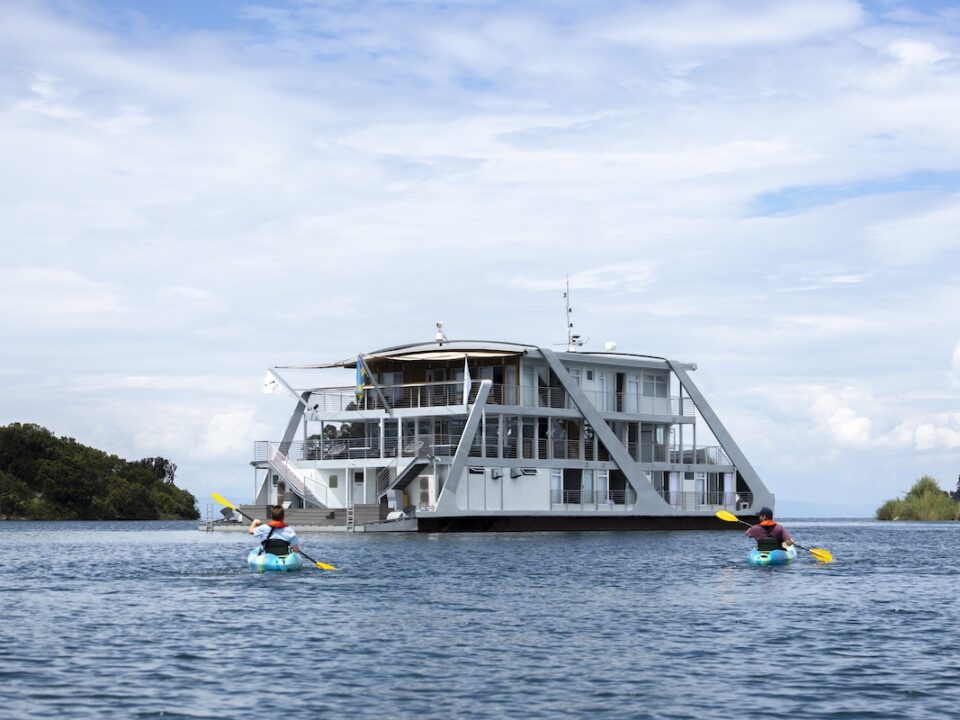Best Time to Visit Lake Kivu Rwanda

Comoran Lodge Lake Kivu Rwanda
September 14, 2023
Amakoro Songa Lodge Rwanda
September 14, 2023Choosing the Perfect Time for Your Lake Kivu Rwanda Adventure
Determining the best time to visit Lake Kivu in Rwanda is closely tied to the region’s seasonal weather patterns. Rwanda experiences two distinct rainy seasons and two dry seasons each year, and understanding these cycles can greatly enhance your travel experience.
The first significant weather pattern to consider is the long rainy season, which spans from March to May. During this period, the rainfall is characterized by its heaviness and persistence, making it less than ideal for outdoor activities.
Following the long rainy season, Rwanda enters the long dry season from June to September. While this season generally sees less rain, some cloud cover may still linger, occasionally accompanied by light showers. It’s a relatively pleasant time to explore the region.
The short rainy season arrives in October and November, ushering in occasional rain showers. However, a brief dry spell quickly follows in December and extends through February, providing favorable conditions for travelers.
Rwanda’s unique geography plays a crucial role in shaping its climate. The country boasts high elevation levels, with the lowest lying areas reaching approximately 900 meters above sea level. In the mountainous gorilla trekking regions, altitudes can soar to 3,000 meters. Rwanda’s proximity to the equator, combined with its varying altitudes, results in a tropical climate with relatively consistent temperatures throughout the year. Expect daytime temperatures to hover in the mid to low 20s degrees Celsius, with nighttime temperatures in the 16-21 degrees Celsius range. In high-altitude areas, frost can occur.
January, July, and the period from September to September are generally considered the dry seasons. During the rainy season, heavy downpours are a daily occurrence, but they are often followed by sunny intervals. Volcanoes National Park receives a significant portion of the country’s rainfall, accounting for approximately 90% of the total precipitation.
Packing Essentials for Your Lake Kivu Rwanda Visit
To ensure a comfortable and enjoyable visit to Lake Kivu in Rwanda, consider packing the following essentials:
- Warm Jacket: Evenings can be cool, especially at higher altitudes.
- Swimming Costume: Essential for taking a refreshing dip in the lake.
- Pair of Binoculars: Ideal for birdwatching and taking in the scenic beauty.
- Camera: Capture the stunning landscapes and memorable moments.
- Sun Glasses: Protect your eyes from the bright African sun.
Getting to Lake Kivu Rwanda
Lake Kivu is easily accessible by road from Rwanda’s capital city, Kigali. The route you choose will depend on your specific destination around the lake:
To Karongi-Kibuye: Drive from Kigali in the direction of Nyungwe Forest National Park, and then turn towards Muhanga before heading to Karongi. The 221-kilometer journey typically takes 5-6 hours.
To Rubavu-Gisenyi: Depart from Kigali and head towards Volcanoes National Park. Continue through Musanze town until you reach Gisenyi. This 180-kilometer road trip typically takes 4-5 hours.
To Cyangugu-Rusizi: This route takes you from Kigali to Muhanga, then Huye, and into Nyungwe Forest before proceeding to Rusizi. The 233-kilometer journey generally takes 7-8 hours.




